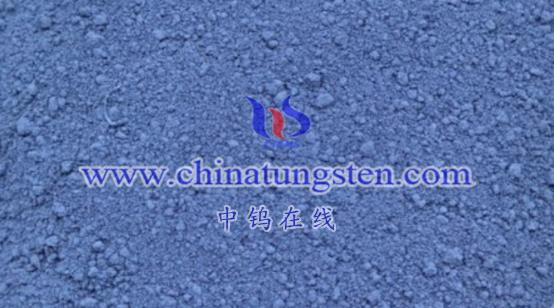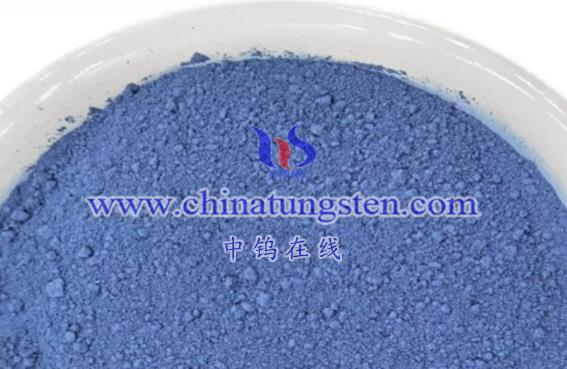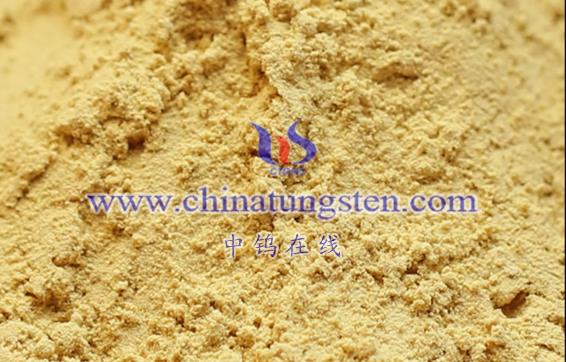
A nitrogen-doped nanoporous tungsten oxide electrode is a specially engineered material where tungsten oxide (WO₃) features a nanoporous structure and is modified by nitrogen doping. This type of electrode exhibits superior properties in applications like photoelectrochemistry, photocatalysis, and sensing technologies. Below is a detailed explanation:
Basic Definition of Tungsten Oxide (WO₃)
Tungsten trioxide is a semiconductor with exceptional photochromic/electrochromic, gas-sensing, and catalytic properties. Its relatively narrow bandgap (2.5–3.0 eV) allows it to generate photocurrent under visible light, enabling efficient solar energy utilization.
Nanoporous Structure of Tungsten Oxide
Using methods like anodic oxidation, nanoporous structures can be introduced into tungsten oxide. These structures increase the material’s surface area and provide more active reaction sites, enhancing photoelectrochemical and photocatalytic performance.
Nitrogen Doping of Tungsten Oxide
Nitrogen doping is an effective modification technique that introduces nitrogen atoms into tungsten oxide, forming “mid-gap states” between the conduction and valence bands. This modification improves the material’s visible light absorption efficiency and overall photoelectrochemical performance.
Preparation of Nitrogen-Doped Nanoporous Tungsten Oxide Electrodes
- Preparation of Precursors
Use tungsten sources such as ammonium paratungstate to create precursor solutions. - Anodic Oxidation
Anodize tungsten metal sheets or conductive glass substrates to grow a nanoporous tungsten oxide film. The pore structure can be tuned by controlling anodization conditions like voltage, time, and electrolyte composition. - Nitrogen Doping
Expose the nanoporous tungsten oxide film to an ammonia or ammonia/nitrogen gas atmosphere during high-temperature calcination. The nitrogen doping level can be adjusted by modifying heat treatment parameters.
Performance Characteristics of Nitrogen-Doped Nanoporous Tungsten Oxide Electrodes
- Outstanding Photoelectrochemical Properties
The combination of nitrogen doping and nanoporous architecture enhances visible light absorption and photoelectric conversion efficiency, making the electrode ideal for photoelectrochemical cells. - Excellent Photocatalytic Capability
The nanoporous structure offers abundant active reaction sites, while nitrogen doping further boosts the material’s photocatalytic performance. This makes it suitable for applications like water splitting and organic pollutant degradation. - Good Stability
Studies show that these electrodes maintain structural integrity and stable performance during repeated charge/discharge cycles or photocatalytic reactions.
Application Prospects
Nitrogen-doped nanoporous tungsten oxide electrodes have promising applications in:
- Photoelectrochemical Cells
Serving as photoanode materials, they improve solar energy utilization efficiency. - Photocatalysis
Applicable in water splitting for hydrogen production and organic pollutant degradation. - Sensors
Suitable for gas and ion sensing applications due to their enhanced surface area and sensitivity. - Energy Storage
Potential use in batteries and supercapacitors owing to their high stability and electrochemical performance.
Nitrogen-doped nanoporous tungsten oxide electrodes are advanced materials with unique structures and modifications, offering superior performance and broad applications in energy conversion, environmental remediation, and sensor technologies.
More details of tungsten oxide product, please visit website: tungsten-oxide.com
Please contact CHINATUNGSTEN for inquiry and order of tungsten oxide:
Email: sales@chinatungsten.com
Tel.: 86 592 5129595

















